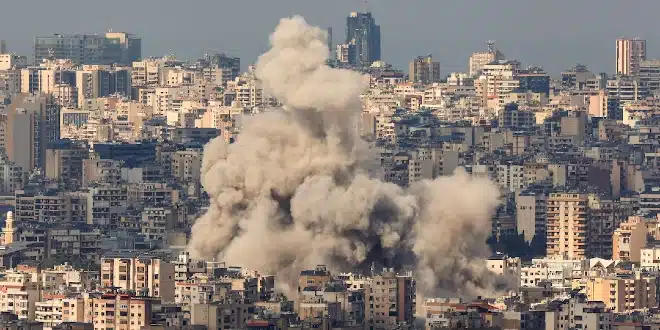On Thursday, Israeli military aircraft executed a series of airstrikes in southern Lebanon’s Nabatieh district, marking one of the most extensive bombardments since the November 2024 ceasefire agreement. According to Lebanese security sources, the operation comprised 14 separate strikes targeting areas believed to be associated with Hezbollah’s underground infrastructure.
The Israeli Defense Forces (IDF) stated that the strikes aimed at dismantling a strategic subterranean facility allegedly utilized by Hezbollah for storing weapons and housing militants. The IDF claimed that the targeted site was rendered inoperable as a result of the operation.
Lebanon’s Health Ministry reported that the airstrikes resulted in one fatality and eight injuries. The attacks caused significant explosions, leading to widespread panic among residents. Local media described the bombardment as a “wide-scale aerial aggression,” with warplanes launching heavy raids in two waves, targeting hills and valleys approximately 12 kilometers from the Israeli border.
The escalation follows a series of incidents that have strained the ceasefire agreement. Earlier this week, an Israeli drone strike in the Kfar Rumman area of Nabatieh killed one civilian and injured three others. Additionally, in April, Israel targeted a building in southern Beirut, asserting it was used by Hezbollah to store precision missiles.
The November 2024 ceasefire, brokered by the United States, aimed to halt hostilities between Israel and Hezbollah. Under the agreement, Hezbollah was to withdraw its fighters and dismantle military infrastructure south of Lebanon’s Litani River, while Israel was to withdraw its forces from Lebanese territory. However, Israel has maintained troops in five areas it deems strategic, and tensions have persisted.


